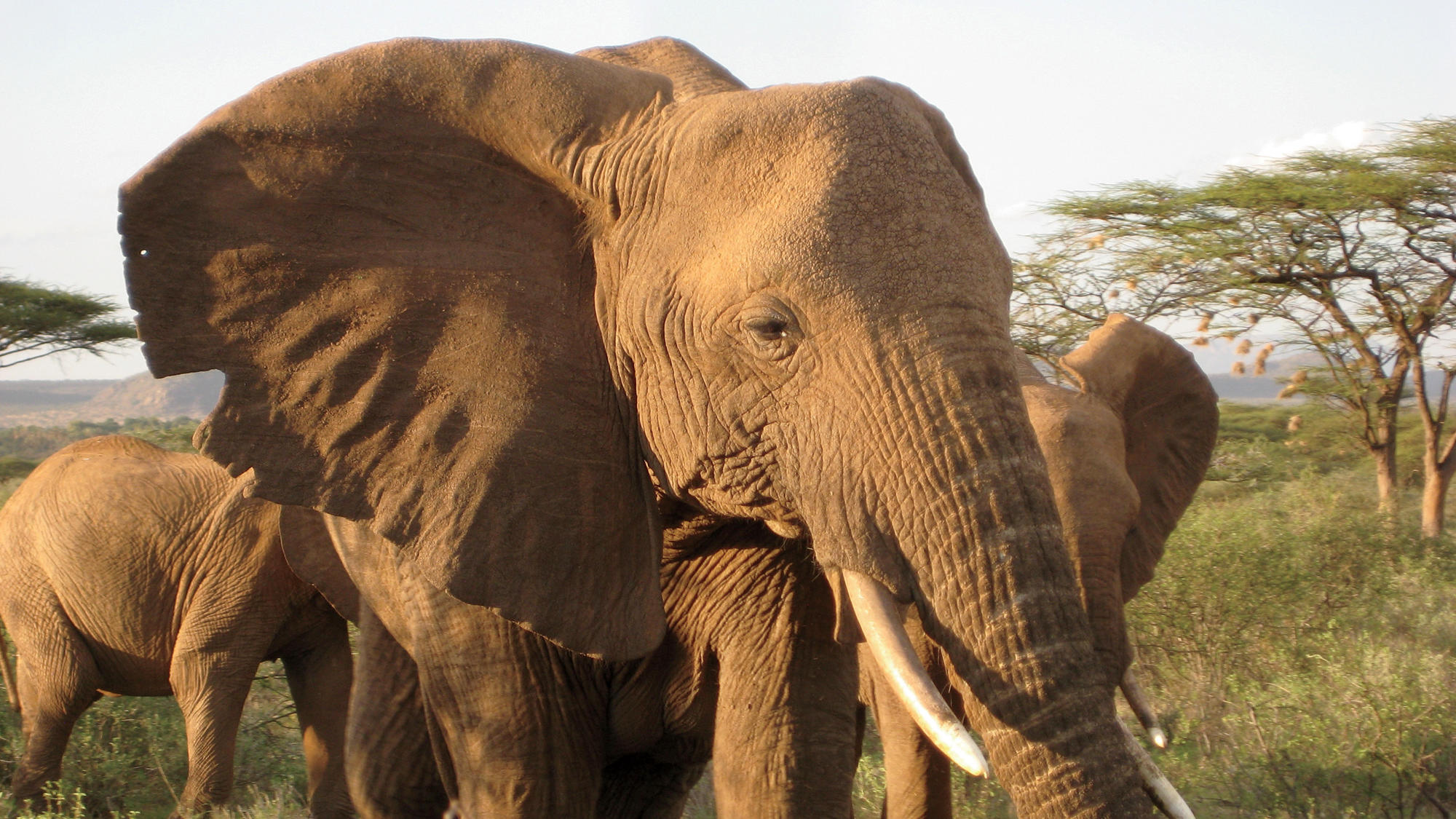Scientists have used an innovative carbon-dating technique to prove that, despite a global crackdown on poaching, African elephants continue to be slaughtered at a rapid rate to fuel the illegal ivory trade. The new study, which appeared in the Proceedings of the National Academy of Sciences, analyzed 231 tusks from seizures in nine nations and concluded that almost all the tusks came from the bodies of animals killed less than three years before they were shipped.
“The ivory pipeline coming out of Africa today consists almost exclusively of recently harvested tusks,” says study co-author Kevin Uno, a geochemist at Columbia’s Lamont-Doherty Earth Observatory. “This has huge implications for our estimates of the number of elephants being slaughtered.”
A continent-wide census completed in 2015 found that African-elephant populations are shrinking by 8 percent a year. Still, scientists have debated exactly how much of this decline is due to poaching and how much is the result of habitat loss and other factors. One reason for the debate is that it is difficult to know if seized tusks — which scientists count to estimate the prevalence of poaching — stem from recent kills. Some experts have suggested that many tusks confiscated by law enforcement in Africa and Asia are stolen from stockpiles built up by corrupt governments over the last several decades.
“Conservationists have held out a perverse hope, you might say, that criminal organizations running the international ivory trade are accessing lots of tusks from these older stockpiles, since this would mean that the slaughter taking place today is less severe than it would otherwise appear,” says Thure Cerling, a biologist at the University of Utah who led the research team. “But that doesn’t seem to be the case.”
In the course of their investigation, the scientists used an analytic technique that Uno developed in 2013, which involves looking for the presence of a rare isotope in the tusks; Uno has shown that a tusk’s level of the radioactive isotope carbon-14, which was introduced into the earth’s atmosphere during the nuclear-bomb tests of the 1950s and 1960s, can be used to determine the year a tusk stopped growing. (Elephants can live up to seventy years.)
“We showed that only four of the 231 specimens came from animals that had been dead for four years or more,” says Uno.
Implicit in the findings is an ominous trend. The average lag time between an elephant’s death and the seizure of its tusks has been increasing since 2011. Uno says this may indicate that smugglers are taking longer to acquire enough tusks for shipment, because there are fewer and fewer elephants left to slaughter.
“The tusks have also been getting progressively smaller, which suggests that most of the really big elephants have already been killed,” says Uno.
Uno and his colleagues hope that more accurate statistics generated by their dating technique — combined with the ongoing global effort to reduce the demand for ivory — will help put an end to the crisis.
“The elephants are in real trouble,” he says. “To save them, the poaching must end soon.”



